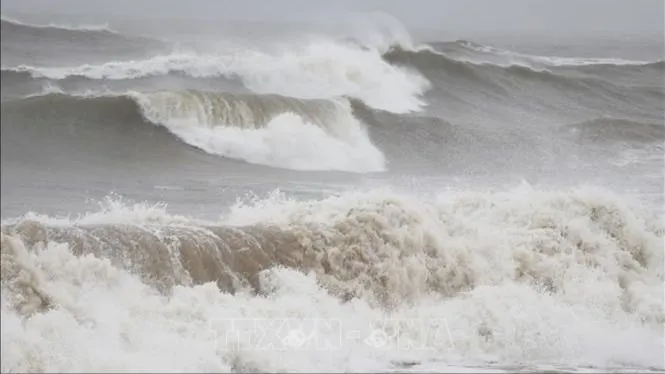
Accordingly, at 10:00 p.m. on November 5, the center of the storm was at about 12.7 degrees North latitude; 115.4 degrees East longitude, about 180km northeast of Song Tu Tay island, about 680km east southeast of Quy Nhon ( Gia Lai ). The strongest wind near the center of the storm was level 14 (150-166km/h), gusting to level 17. The storm moved in a West Northwest direction, at a speed of 25-30km/h.
It is forecasted that by 10am on November 6, the storm will be about 330km east-southeast of Quy Nhon (Gia Lai) and moving west-northwest at a speed of about 25-30km/h. The strongest wind is level 14, gusting to level 17. The affected area is the middle of the East Sea (including the sea area north of Truong Sa special zone). The disaster risk level is level 4.
By 10 p.m. on November 6, the storm was moving west-northwest from Quang Ngai to Dak Lak at a speed of about 25 km/h. The strongest wind was level 14, gusting to level 17. The affected area was the western part of the East Sea, the offshore area from Quang Ngai to Dak Lak (including Ly Son special zone); the eastern mainland from Quang Ngai to Gia Lai with a level 4 natural disaster risk.
The sea area from South Quang Tri to Da Nang City (including Cu Lao Cham Island) and Khanh Hoa; the mainland from South Quang Tri to Da Nang City and the northern area of Khanh Hoa province with level 3 natural disaster risk.

By 10:00 a.m. on November 7, the storm was in the southern Laos region and moving in a West-Northwest direction at a speed of about 25 km/h. The strongest wind was level 7, gusting to level 9, entering the mainland and weakening into a tropical depression. The affected area was the sea from Quang Ngai to Dak Lak (including Ly Son special zone); the eastern mainland from Quang Ngai to Gia Lai with a level 4 natural disaster risk level.
The sea area from South Quang Tri to Da Nang City (including Cu Lao Cham Island) and Khanh Hoa; the mainland from South Quang Tri to Da Nang City, the west of the provinces from Quang Ngai to Dak Lak; the northern area of Khanh Hoa province with level 3 natural disaster risk.
At 10 p.m. on November 7, the storm on the eastern mainland of Thailand with winds below level 6, moving west-northwest at a speed of 25km/h, moving deep inland and weakening into a low pressure area.
Due to the impact of the storm, the central East Sea area (including the sea area north of Truong Sa special zone) has strong winds of level 8-11; the area near the storm's eye has strong winds of level 12-14, gusts of level 17, waves 5-7m high, the area near the storm's eye has waves of 8-10m high; the sea is very rough.
From early morning on November 6, the sea area from South Quang Tri to Khanh Hoa (including Ly Son special zone, Cu Lao Cham island) gradually increased wind to level 6-7, then increased to level 8-11, waves 3-6m high; the area near the storm center had strong wind at level 12-14, gusting to level 17, waves 7-9m high; the sea was very rough.
Warning: From the afternoon of November 6, coastal areas from Hue City to Dak Lak should be on guard against sea level rise of 0.4-0.8m accompanied by large waves causing flooding in low-lying areas, waves overflowing dikes, coastal roads, coastal landslides, slowing down flood drainage in the area.
All ships, boats, and aquaculture areas in the above-mentioned dangerous areas are strongly affected by storms, whirlwinds, strong winds, big waves, and rising sea levels.
From the evening of November 6, on the mainland from the South of Da Nang City to Dak Lak, the wind gradually increased to level 6-7, then increased to level 8-9, the area near the storm's eye passed through level 10-12 (focusing on the East of Quang Ngai - Gia Lai provinces), gusting to level 14-15; the area from the South of Quang Tri to the North of Da Nang City and the North of Khanh Hoa province, the wind increased to level 6-7, gusting to level 8-9.
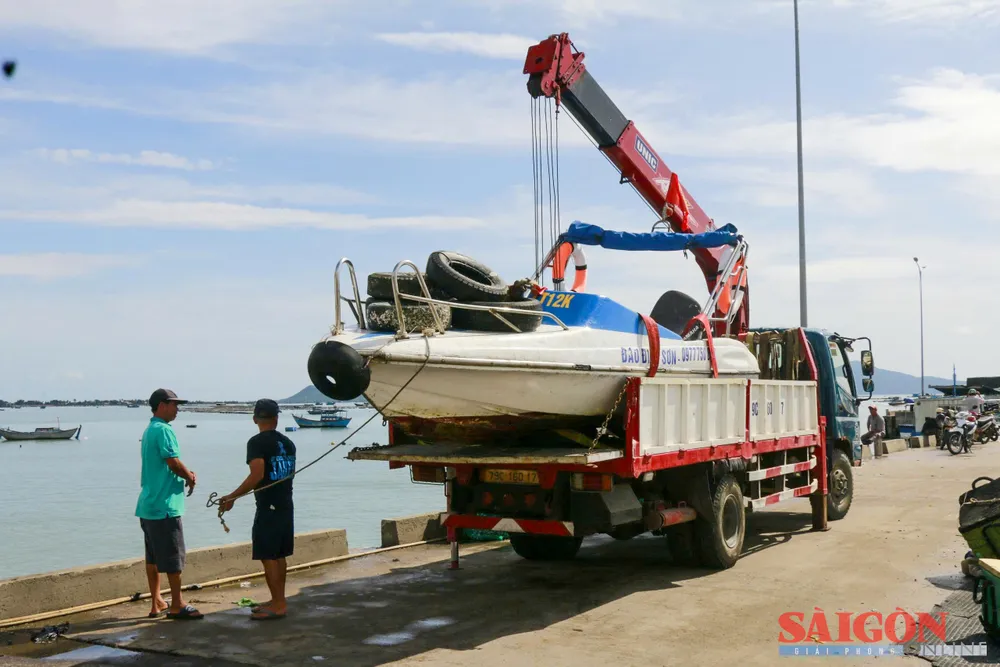
From the evening and night of November 6, in the West of the provinces from Quang Ngai to Dak Lak, the wind will gradually increase to level 6-7, near the storm's eye, it will be level 8-9, gusting to level 11.
From November 6 to 7, the area from Da Nang City to Dak Lak will have very heavy rain with common rainfall of 200-400mm/period, locally over 600mm/period; the area from South Quang Tri to Hue City, Khanh Hoa and Lam Dong will have heavy rain with common rainfall of 150-300mm/period, locally over 450mm/period. From November 8, heavy rain in the above areas will tend to decrease.
From November 7 to 8, the area from North Quang Tri to Thanh Hoa will have moderate to heavy rain with common rainfall of 50-150mm/period, locally very heavy rain over 200mm/period. Warning of risk of heavy rain over 200mm/3 hours.
Due to the influence of the wide storm circulation, it is necessary to guard against the risk of thunderstorms, tornadoes and strong gusts of wind both before and during the storm's landfall.
Director of the National Center for Hydro-Meteorological Forecasting Mai Van Khiem said that the path and impact of storm No. 13 is similar to storm No. 12 (Damrey) in 2017 and storm No. 9 (Molave) in 2020, but storm No. 13 will cause heavier rain in the area from Da Nang City to Dak Lak.
Source: https://www.sggp.org.vn/bao-so-13-van-giu-nguyen-huong-di-chuyen-va-cuong-do-post821946.html


![[Photo] Prime Minister Pham Minh Chinh receives the delegation of the Semiconductor Manufacturing International (SEMI)](https://vphoto.vietnam.vn/thumb/1200x675/vietnam/resource/IMAGE/2025/11/06/1762434628831_dsc-0219-jpg.webp)




![[Photo] Closing of the 14th Conference of the 13th Party Central Committee](https://vphoto.vietnam.vn/thumb/1200x675/vietnam/resource/IMAGE/2025/11/06/1762404919012_a1-bnd-5975-5183-jpg.webp)
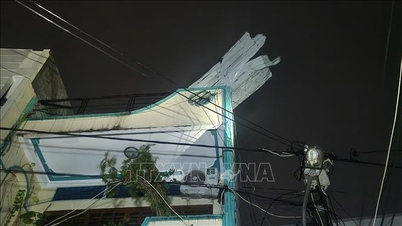

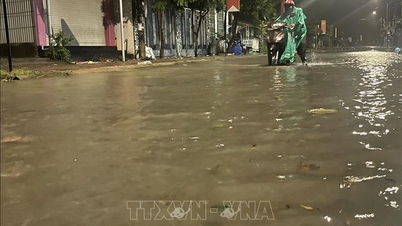
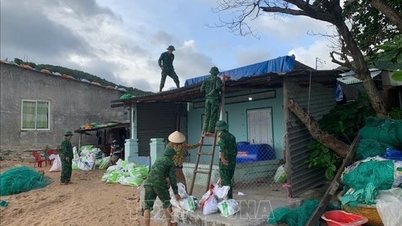
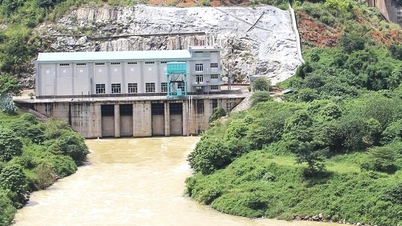


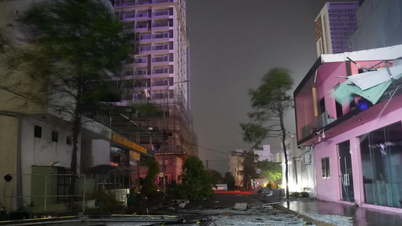








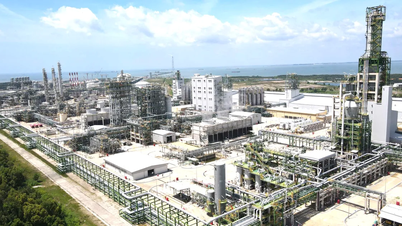












































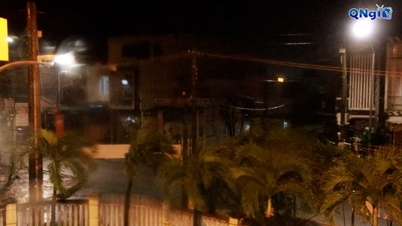





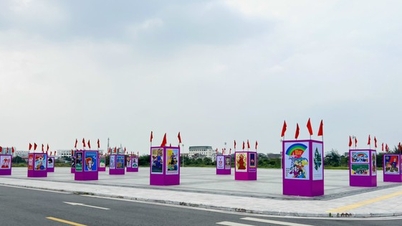
























Comment (0)